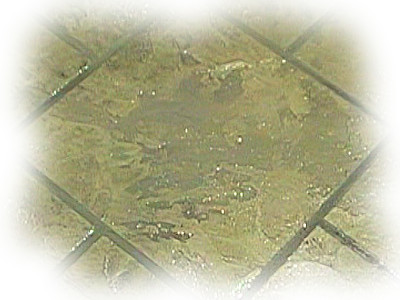Decorative Concrete Surfaces
Whereas a plain concrete base is functional, a decorative concrete surface is functional AND attractive. Whether it’s pattern imprinted (also known as ‘stamped’), stencilled, coloured or exposed aggregate, there are all sorts of ways to make concrete far more interesting, and this section looks at the tools, tactics and techniques that are used.
Pattern Imprinted and other Decorative Concretes
Decorative concrete does what it says on the tin: it's plain concrete that has been made to look decorative, prettier, attractive, more appealing. That may be through colouring, imprinting with a texture or stencilling with a pattern, all of which are examined on this page.
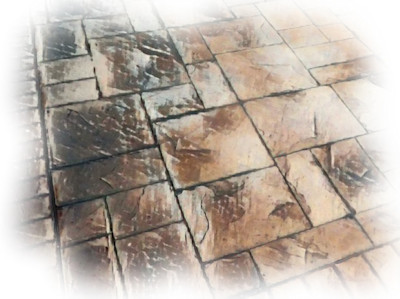
Pattern Imprinted Concrete
Pattern Imprinted Concrete, usually abbreviated to PIC, is the most popular Decorative Concrete technique currently used in Britain and Ireland. This page looks at some of the choices available with PIC, as well as the markets where it sells best, the pros and cons and links to more information about the subject.
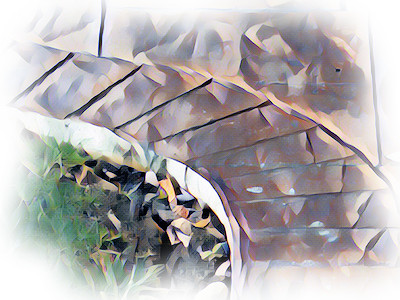
PIC Construction
How are Pattern Imprinted or Stamped Concrete surfaces constructed? This page looks at the methods, the materials and the tools required.
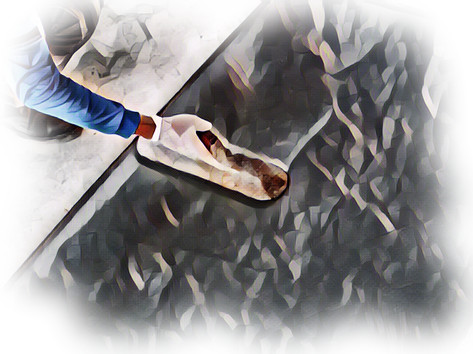
Decorative Concrete Surfacing Techniques
There are several forms of decorative concrete, and this page looks at some of the popular, but more specialised techniques used to prettify a concrete surface, such as staining and etching.
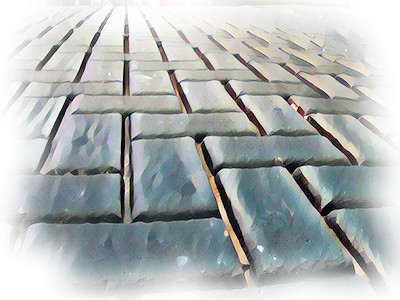
Decorative Concrete Stencilling
Stencilling is another decorative technique used to improve the visual appeal of a concrete surface. This page looks at the materials and techniques used, and the results that should be expected.
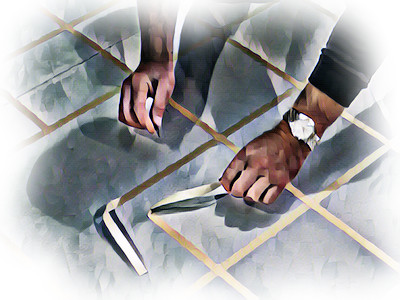
Exposed Aggregate Concretes
One type of decorative concrete that is seen more often than most others in Britain and Ireland is exposed aggregate concrete. A highly decorative and aesthetically appealling finish with limitless possibilities.
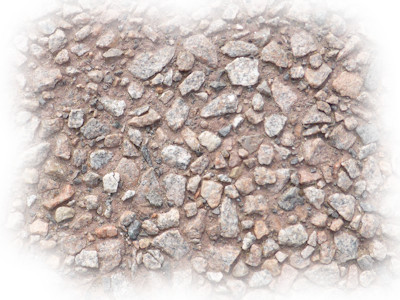
Polymer Modified Cementitious Overlays
Polymer Modified Concrete Overlay Systems are essentially high-quality, thinly-applied, cement-based toppings laid over the top of an existing surface to repair, improve or to give a whole new look. This page considers the materials and methods used.
